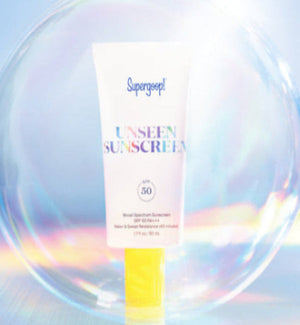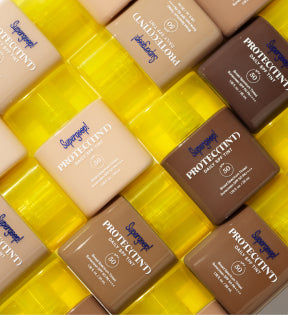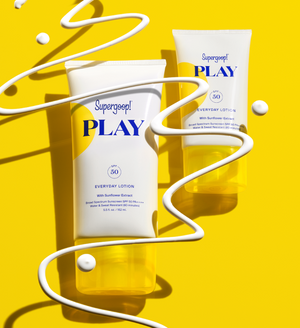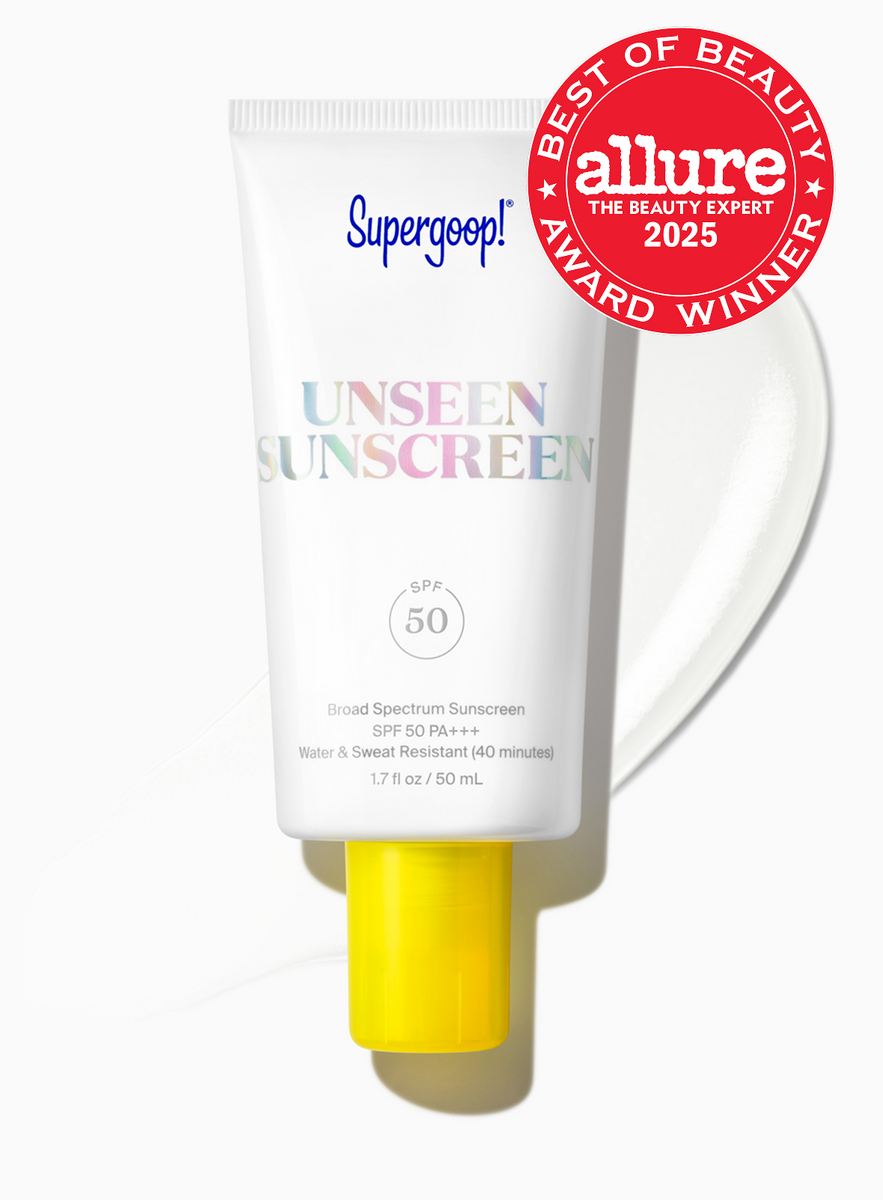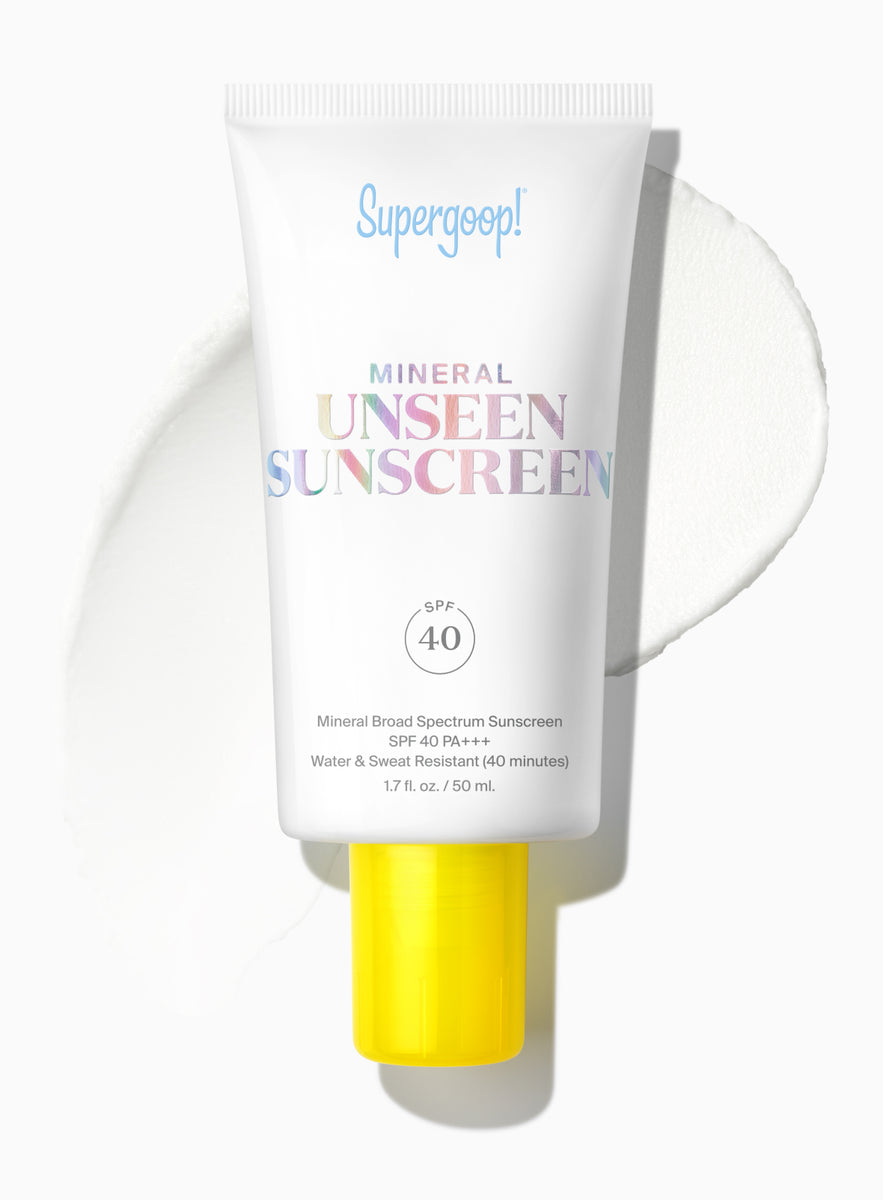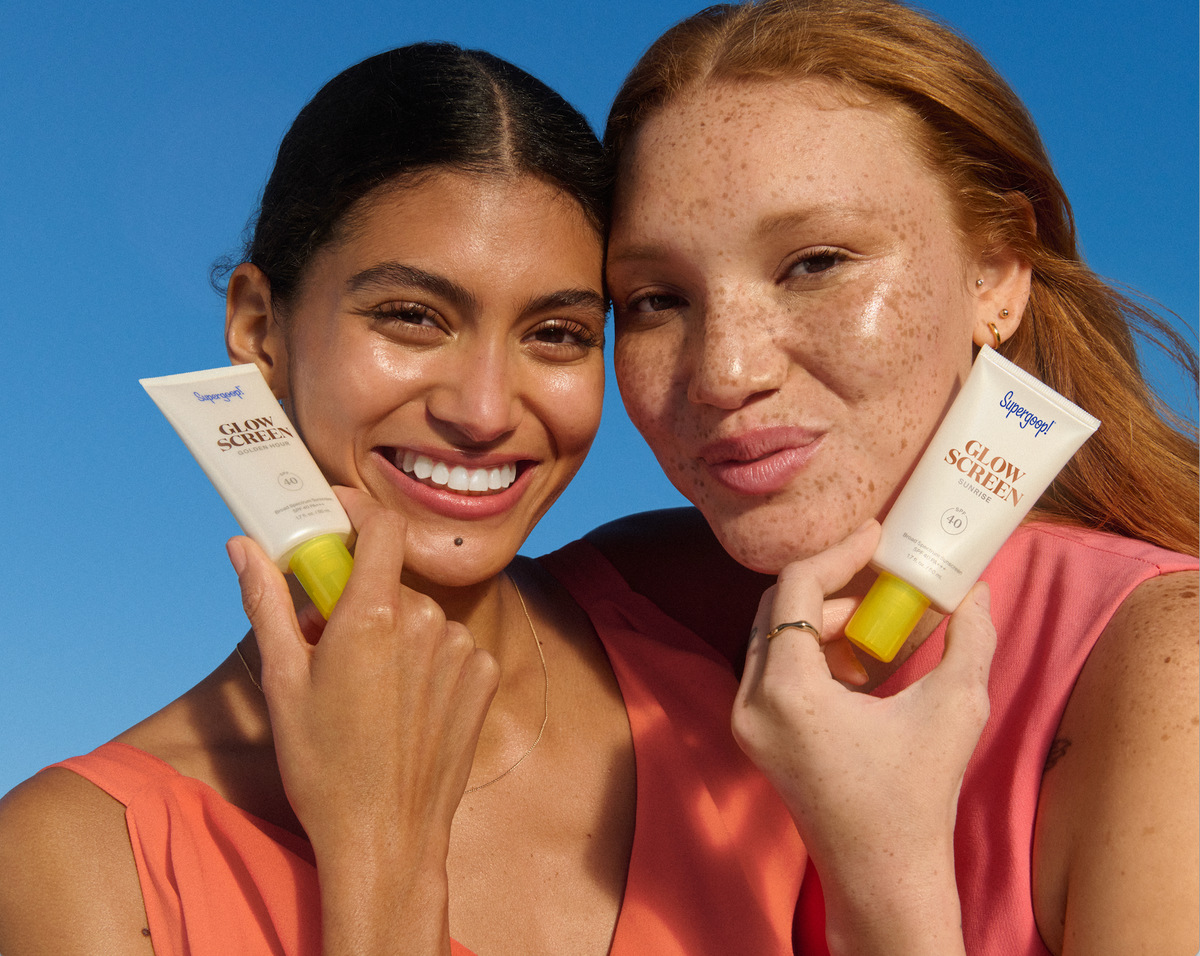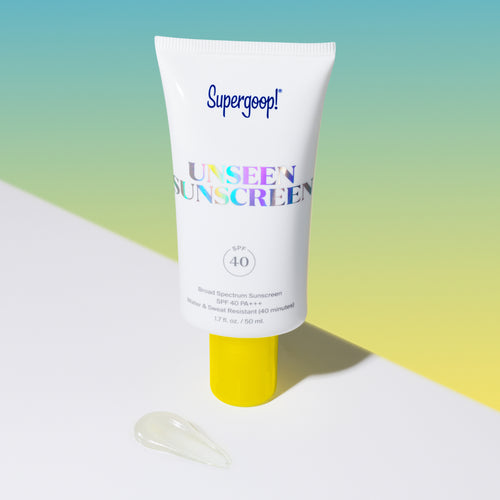If you’ve ever skipped sunscreen because you were worried about breakouts, you’re not alone. The wrong SPF can feel greasy, clog pores and turn a mild acne situation into a full-blown breakout. But here’s the good news: You don’t have to choose between clear skin and sun protection.

Sun 101
A suncare & beauty destination from the Experts in SPF™
CATEGORIES
Sun 101
The Best Sunscreen for Acne-Prone Skin: What to Use & What to Avoid

With the right face sunscreen, you can shield your skin from UV damage and keep it clear. It all comes down to using a formula that works with your skin — not against it. Below, we’ll break down exactly what to look for (and what to avoid) when choosing SPF for acne-prone skin.
What Type of Sunscreen Is Best for Acne-Prone Skin?
Not all sunscreens are created equal — especially if your skin is prone to breakouts. The key is to stick to three golden rules:
- Non-comedogenic: This means the formula won’t clog your pores
- Face-specific: Body sunscreens tend to be richer and heavier, which isn’t ideal for breakout-prone areas
- Lightweight: A breathable formula ensures your skin isn’t suffocated under a thick layer of lotion, Mineral Unseen Sunscreen SPF 40.
Sticking to these standards will help ensure your skin stays protected from the sun’s rays without clogging your pores or irritating any existing breakouts. Let’s dive into why each of these factors matters.
Non-Comedogenic Formulas
If you take one thing away from this guide, let it be this: Always choose a non-comedogenic sunscreen. “Non-comedogenic” is a fancy way of saying the formula is free of pore-clogging oils and has passed a lab-performed patch test to confirm it doesn’t cause comedones (whiteheads or blackheads). Because of this, it’s less likely to cause breakouts from clogged pores, hair follicles or sweat glands.
Some non-comedogenic Supergoop! favorites include our iconic Unseen Sunscreen SPF 50, and its mineral counterpart, Mineral Unseen Sunscreen SPF 40.
Face-Specific Formulas
If you have acne-prone skin, stick to sunscreens designed specifically for your face. They’re typically made to be lighter, gentler, and less likely to cause breakouts.
“Usually, body sunscreens are heavier than the lighter-formulated sunscreens for the face,” says Anna Guanche, MD, a board-certified dermatologist at the Bella Skin Institute in Calabasas, California. “Also, a lot of times the facial sunscreens will be non-comedogenic or oil-free, and the body ones are not.”
Though if body acne is a concern for you, rest assured we’ve got plenty of lightweight, non-comedogenic body sunscreens like our weightless PLAY Antioxidant Body Mist SPF 30 and bestselling PLAY Everyday Lotion SPF 50.
Lightweight Formulas
Breathable, lightweight formulas are ideal for acne-prone skin. Anything too thick or greasy can trap oil, sweat, and bacteria—all of which contribute to breakouts.
A good rule of thumb: If your sunscreen feels heavy, it probably is heavy. Instead, look for SPF that absorbs quickly and dries down weightlessly, like Unseen Sunscreen SPF 50 or Mineral Unseen Sunscreen SPF 40.
What Types of Sunscreen Should You Avoid for Acne-Prone Skin?
While the right SPF can be a game-changer for your skin, the wrong one can do the opposite. Here’s what to watch out for:
- Tanning oils: These products are designed to enhance UV absorption (which is already bad news for your skin), but they’re also typically loaded with pore-clogging ingredients.
- Thick, greasy textures: Anything too heavy can clog pores and lead to breakouts.
- Harsh fragrances: These can be irritating and trigger sensitivity or acne flare-ups.
- Alcohol-based formulas: While they may feel lightweight, they can strip your skin’s moisture barrier, leading to increased oil production (and more breakouts).
Is Mineral or Chemical Sunscreen Better for Acne-Prone Skin?
Good news: Mineral and chemical sunscreens can both play well with acne-prone skin — as long as they’re non-comedogenic and face-friendly. Whichever you choose, the most important thing is consistent sunscreen use. Because the best sunscreen is the one you’ll actually wear. At Supergoop!, we have options for both:
- Unseen Sunscreen SPF 50 (chemical) – Weightless, completely invisible, and non-acnegenic for ance-prone and sensitive skin. Plus, it can improve skin clarity, courtesy of chamomile-derived bisabolol and licorice root.
- Mineral Unseen Sunscreen SPF 40 (mineral) – A sheer, scentless mineral sunscreen that works especially well for sensitive skin, with expert SPF protection and a cloud-like formula.
3 Tips to Avoid Breakouts When You’re Wearing Sunscreen
Even with the best face SPF, how you apply (and remove) it can make a big difference. Here’s how to keep your skin happy while staying protected.
1. Apply Sunscreen to a Clean Face
Starting with clean, freshly washed skin ensures your SPF can absorb properly (without mixing with leftover oil, sweat or bacteria).
2. Reapply with Clean Hands
Touching your face throughout the day can introduce bacteria that lead to breakouts. If you’re reapplying, wash your hands first (or use a clean makeup sponge). Alternatively, you can use hands-free reapplication products like our Unseen Sunscreen Stick SPF 40 or (Re)setting Mineral Powder SPF 35.
3. Remove Sunscreen Thoroughly
SPF is designed to stick, which means you need a good cleanse to fully remove it. A double cleanse (starting with an oil-based cleanser) helps break everything down without stripping your skin.
Don’t Skip the Sunscreen, No Matter Your Skin Type
We get it — when you have acne-prone skin, it’s tempting to skip sunscreen altogether. But that decision could lead to way bigger skin problems down the line.
“Foregoing sunscreen can lead to premature aging and skin cancer from the accumulation of UVA and UVB damage,” notes Dr. Guanche. “In addition, not wearing sunscreen could lead to worsening conditions of the skin, such as melasma, photodamage, wrinkles, and brown spots.”
The bottom line? Skipping SPF isn’t worth it. The right sunscreen won’t just protect your skin; it can help avoid a breakout now, while keeping it looking healthier in the long run.



















